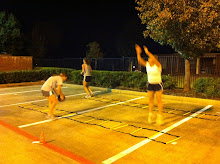NEW
TIFF-FIT BOOT CAMP
Session
JUNE 7 - JULY 14
Boot Camp located in Greatwood
WEEKLY - Nutritional Guidance
LOSE - Inches & Body Fat
GAIN - Strength & Tone
Accountability
This is a 6 week session.
New class days and times for summer.
Class Times:
Tues - Wed - Thurs: 5:30 am & 7:00 am
*Located in Greatwood Training Center parking lot
We will also holding some impromptu Saturday classes at various local locations. More details to come once registered.
2x's week (12 classes): $180 gym members
$210 non-gym members
3x's week (18 classes): $225 gym members
$255 non-gym members
Can start anytime -- will pro-rate session
The more you come, the cheaper it is per class!
**Ask me about gym membership.
Cash or check accepted.
- One payment made in full due by first class of the session.
- Session may be pro-rated. If you have vacation plans, no worries! You can still join us at a pro-rated price. Contact me to discuss.
You will need:
- Yoga Mat
- Dumbbells
(one or two pairs ranging from 5-10 pounds)
- Water,water, water
- Towel
- Appropriate clothing for weather
- A Great Attitude!
Come join us! I promise you'll get hooked!






















